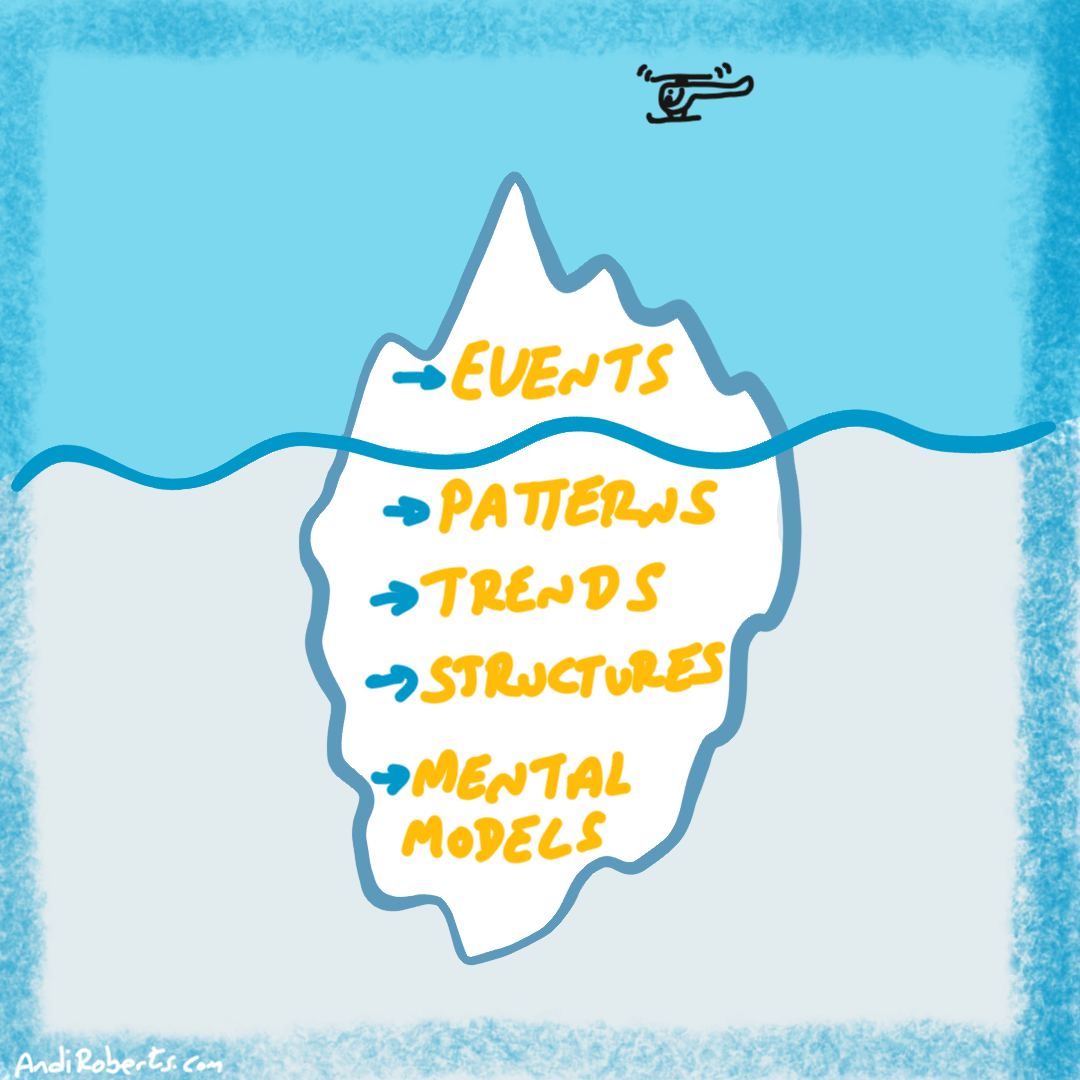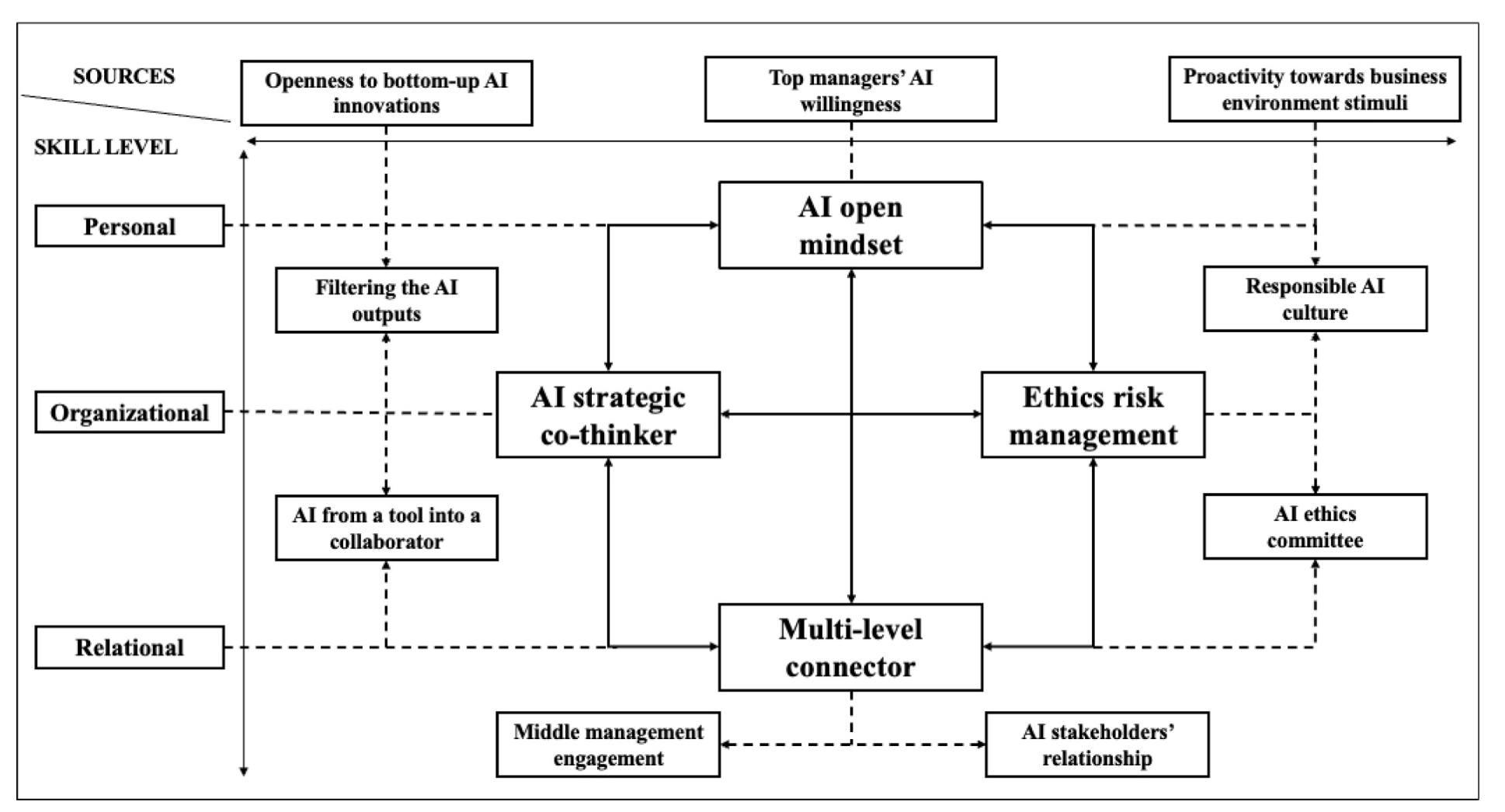Every generation of leaders inherits a handful of phrases that sound like timeless wisdom. “What gets measured gets managed” is one of them. It appears in presentations, dashboards, and policy briefings, carrying an air of truth. The words suggest that what we can count, we can control. The quote is often credited to Peter Drucker, but there is no record of him saying it.
Its spirit reflects a particular era. Mid-twentieth-century management science sought to make organisations more predictable. W. Edwards Deming argued that improvement required feedback and statistical understanding, not slogans. Somewhere along the way, his nuanced view of measurement was reduced to a single, confident line.
The phrase endures because it feels safe. Numbers offer reassurance when uncertainty grows. In a world of dashboards and targets, measurement looks like progress. Yet the comfort it brings can be deceptive. What gets measured quickly becomes what matters, whether or not it deserves that attention. And when measures become targets, behaviour shifts in ways that often undermine the purpose they were meant to serve.
The question for leaders is not whether to measure, but how to ensure the measures serve learning rather than control.
Why the quote endures
The phrase persists because it gives leaders the illusion of grip. In complex settings, numbers seem to impose order on chaos. If we can count it, we can compare it; if we can compare it, we can improve it.
Metrics also make success visible and shareable. They give people a common language for progress and allow leaders to tell stories of improvement. In that sense, the quote performs a ritual function. It offers the feeling of control when real certainty is scarce.
There is comfort, too, in the apparent neutrality of numbers. They look objective and fair. Data-driven decisions seem to remove bias and emotion. Yet as Donella Meadows (2008) and John Seddon (2008) remind us, once a measure becomes a target, it distorts the system it describes.
Goodhart’s Law captures this: when a measure becomes a target, it ceases to be a good measure. Once people know which numbers matter, they learn to optimise for them. Call-centre staff shorten calls rather than improve satisfaction. Teachers teach to the test rather than deepen learning. The result is control without insight.
The endurance of the quote tells us less about measurement itself and more about the anxiety of leadership. In uncertainty, numbers offer something to hold on to. The challenge is learning to hold them lightly.
The false promise of precision
Measurement is seductive. It reduces the complexity of organisational life into neat patterns of data. Dashboards glow with indicators, graphs rise and fall, and leaders imagine that clarity equals control. Yet numbers only describe the part of reality we have chosen to count.
Donella Meadows (2008) reminds us that every system contains visible variables and invisible ones. The measurable parts are usually the easiest to monitor, such as costs, throughput, or error rates. The unseen parts include relationships, motivation, and informal norms, which shape how work truly happens. When leaders focus only on what can be measured, they ignore what makes the numbers move.
Peter Drucker understood this tension. Though often misquoted as a champion of metrics, he warned against managing by numbers alone. In Management: Tasks, Responsibilities, Practices (1973), he wrote that effectiveness depends as much on character and insight as on data. The danger is mistaking quantification for understanding.
Precision feels scientific, but in complex systems it can mislead. A small change in definition can flip a trend line. Overconfidence in numbers pushes leaders toward reactive decisions that treat symptoms rather than causes. The search for accuracy can become a distraction from sensemaking.
What matters most often resists counting: trust, collaboration, purpose, and learning. These are not soft; they are structural. They can be seen and strengthened, but rarely captured in metrics. The false promise of precision lies in believing that only what is countable counts.
What the evidence says about measurement and behaviour
When numbers dominate how leaders see their organisations, behaviour bends to fit the frame. People quickly learn what is measured and what is ignored. Over time, systems reward compliance with metrics rather than commitment to purpose.
Steven Kerr described this in On the Folly of Rewarding A While Hoping for B (1975). He showed how performance systems often incentivise the wrong behaviour. Sales teams chase short-term deals instead of building relationships. Hospitals cut waiting times while harming patient care. The result is local success and systemic failure.
W. Edwards Deming made a similar point in Out of the Crisis (1986): most variation in performance comes from the system, not the individual. When leaders react to data without understanding the system, they confuse noise for signal and end up blaming people rather than improving processes.
Research across sectors shows the same pattern (Seddon, 2008; Senge, 1990; Stacey, 2011). When metrics dominate, learning declines. Teams hide bad news and game the numbers. Conversations shrink to what can be counted.
Metrics are not the problem. Meaning is. When leaders use data to explore rather than judge, they turn measurement from a compliance tool into a learning tool.
Towards a healthier measurement culture
If measurement can distort, it can also clarify. The difference lies in intent. Healthy measurement begins with inquiry, not control. The question is not “How can we track this?” but “What are we trying to learn?”
Leaders who treat data as dialogue create space for curiosity. They ask what the numbers suggest, not what they prove. Used this way, data invites participation; used as evidence for blame, it provokes silence.
Five practices help restore balance:
-
Measure what matters, not what is easy. Combine quantitative data with stories, observations, and feedback. The mix tells the truth more fully than numbers alone.
-
Use metrics as mirrors, not scorecards. Data should help people see their system clearly, not compete for position.
-
Balance leading and lagging indicators. Track both results and the behaviours that drive them to avoid short-termism.
-
Design feedback loops that learn. Following Deming’s insight, treat each measure as part of an experiment. Use it to understand variation, not assign blame.
-
Protect what cannot be counted. Trust, curiosity, and safety may not appear on dashboards, but they decide whether improvement is possible.
Measurement becomes healthy when it helps people think together about how the system behaves. It becomes dangerous when it turns into surveillance. The goal is not less measurement, but more meaning.
A more useful reframing
The slogan “what gets measured gets managed” assumes that management is control. A better view is that it is attention. What leaders choose to measure shapes what people notice and discuss. The real power lies not in the data but in the conversation it sparks. Perhaps the line should read: what gets measured gets attention, but what gets understood gets improved. Metrics point the way, but understanding moves the system.
Meadows (2008) reminds us that every measure simplifies. The task in complex settings is to stay alert to feedback, the signals of trust, frustration, and adaptation that numbers cannot show. Ralph Stacey (2011) and Peter Senge (1990) make the same case: organisations behave like living systems. They grow through relationships, dialogue, and learning. Measurement should support that growth, not constrain it.
Language shapes behaviour. When leaders treat data as conversation, they invite others to think. When they treat it as verdict, they close the space for reflection. The former builds capacity; the latter breeds compliance. Ultimately, measurement should serve understanding. Numbers can light the path, but only people can walk it.
Closing reflection: what this means for leaders
Measurement is a powerful servant but a poor master. When leaders treat data as a conversation with reality rather than a verdict, the quality of thinking changes. People move from defending numbers to exploring what they reveal. Curiosity replaces compliance.
Start by noticing what you measure most often. Do those numbers reflect what truly matters, or only what is easiest to count? Then listen for what is missing. What stories and relationships sit outside your metrics but shape outcomes all the same? Finally, use data to connect, not control. Bring people together around what the numbers suggest, not what they demand.
This shift replaces the search for perfect measures with the practice of shared learning. It recognises that no metric captures the whole, and that wisdom often sits between the numbers.
Leaders who see measurement as feedback rather than scorekeeping create learning organisations. Every indicator becomes a question: What is this showing us about how our system behaves? What can we learn from it? What needs attention next?
The old quote promised control. The new reality demands understanding: “What gets measured gets attention, but what gets understood gets better.“
Measurement should serve meaning, not replace it. When leaders measure to learn rather than to prove, the numbers start to tell the truth.
Do you have any tips or advice on using metrics more effectively?
What has worked for you?
Do you have any recommended resources to explore?
Thanks for reading!
Sources:
Deming, W. E. (1986) Out of the crisis. Cambridge, MA: MIT Press.
Drucker, P. F. (1973) Management: Tasks, responsibilities, practices. New York: Harper & Row.
Goodhart, C. A. E. (1975) Problems of monetary management: The U.K. experience. Papers in Monetary Economics, Vol. 1. Sydney: Reserve Bank of Australia.
Kerr, S. (1975) ‘On the folly of rewarding A while hoping for B’, Academy of Management Journal, 18(4), pp. 769–783.
Meadows, D. H. (2008) Thinking in systems: A primer. White River Junction, VT: Chelsea Green Publishing.
Seddon, J. (2008) Systems thinking in the public sector. Axminster: Triarchy Press.
Senge, P. M. (1990) The fifth discipline: The art and practice of the learning organization. New York: Doubleday.
Stacey, R. D. (2011) Strategic management and organisational dynamics. 6th edn. Harlow: Pearson Education.





Leave A Comment